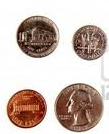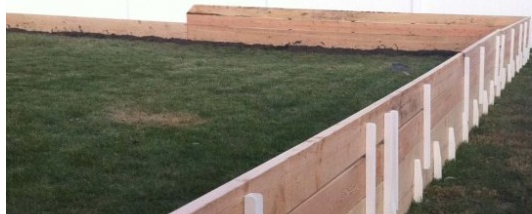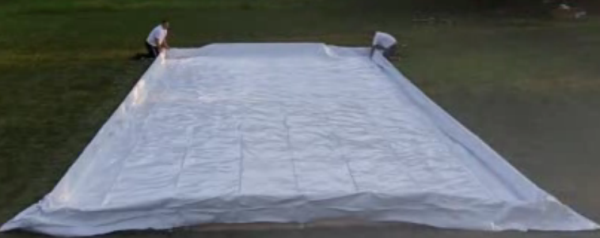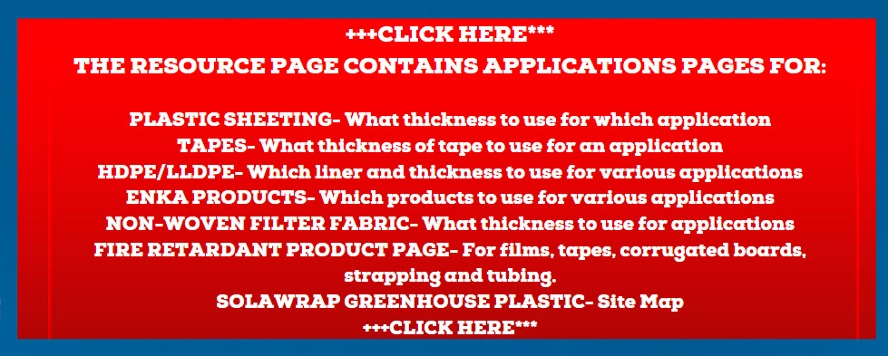Way back in the day, say 5000 years ago, clay was the material of choice to make roofing. Even back then, clay roof tiles were applauded for their ability to resist fire. One of the prevailing problems was the weight of the tiles. To transport them from city to city was a lot of work among other things.
As time went on, composit shingles were invented. They were made from felted or woven fabric was was covered with a tar-like substance. This brought the rise of the asphalt shingle. These were popular due to their higher flame-resistance ability, and the fact they could be shaped into various patterns and forms. The ashalt shingles replaced wood shingles that while light weight, were a fire hazzard.
Coal tar became the technology that was used to seal the roof from water, UV rays and air borne chemicals. Felt was adhered to the roof using hot-applied coal tar pitch. So many of us can still remember the smell of the tar fumes from a roofing job.

Today we have the emergence of Synthetic Underlayments. They were introduced approximately 13 years ago. The felt underlayment that was used for so many years had so many shortcomings. One of the biggest shortcoming being that asphalt saturated felt paper underlayment is that it is not water-proof. The two available thicknesses is 15 pound and 30 pound. The thirty-pound is more resistant to damage during installation, but is heavier and a lot more difficult to work with. It still does not address the fact that it isn't water proof.

Synthetic Underlayments are generally made from a 3 ply construction of polyethylene/polypropylene over a woven substrate. Most but not all synthetic underlayments are impermeable to both water and vapor. Asphalt felts are good at shedding water and are semi-permeable.
Synthetic underlayments are more tear-and pucnture-resistant than asphalt felts. Synthetic underlayments resist expansion and contraction with the varying temperature changes that occur daily. Most have a Ultra Violet coating which means they won't degrade in the sun.
Synthetic underlayments are lighter than felts. For installers, this significantly makes installation quicker and easier. The synthetic products are more flexible on cold weather, and roll out without cracking or chatter. If you live in a colder climate, this extends your installation season.
Another favorable factor is that synthetic underlayments outperform felts. They aren't likely to leak, even if a few shingles crack or blow off. they don't absorb moisture, so they can't rot or dry out. The also won't allow for mold or mildew growth.
To learn more about sythetic roofing underlayment, please click here and visit our product page.























